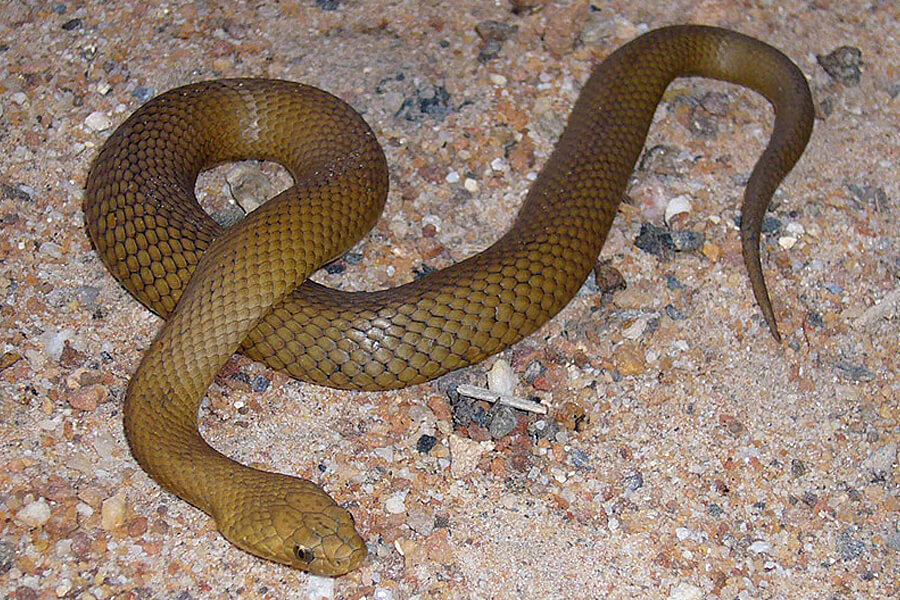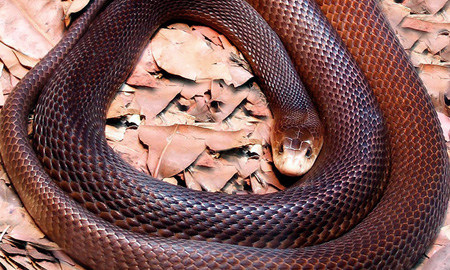Introduction
When it concerns poisonous serpents, Australia is home to several of the most remarkable and hazardous types in the world. Among these, the Tiger Snake stands apart not only for its powerful venom but also for its intriguing habits. Comprehending the habits of venomous serpents like the Tiger Serpent is essential for both wildlife lovers and those staying in locations where these snakes are present. This article looks into different facets of Tiger Serpent behavior, environment, identification, safety measures, and first aid practices in case of a serpent bite.
Understanding the Actions of Venomous Snakes Like the Tiger Snake
The Tiger Snake, clinically https://www.zupyak.com/p/4392559/t/snake-bite-first-aid-treatment-protocols-you-should-follow known as Notechis scutatus, is well-known for its aggressive nature when endangered. These snakes show a series of actions that can be rather various from their non-venomous counterparts.
Characteristics of Tiger Snakes
The Tiger Serpent is easily identifiable due to its unique bands or red stripes that resemble a tiger's markings. They can differ in shade from yellowish-brown to dark olive or black. This pigmentation serves not just as camouflage yet also as a caution signal to possible predators.
Adaptability to Environment
One remarkable element of their actions is their adaptability to different atmospheres. Discovered primarily in coastal regions, marshes, and marshes throughout Australia and Tasmania, they can flourish in varied habitats consisting of urban locations.
Hunting Techniques
Tiger Serpents are ambush predators mostly preying on fish, frogs, and little animals. They have keen eyesight and an intense feeling of odor which helps them in locating target effectively.
Venom Composition
Their venom consists of neurotoxins that affect the nerves, resulting in paralysis or death in smaller sized animals. For human beings, instant medical focus is essential after a tiger serpent bite because of its possibly lethal effects.
Natural Environment of Tiger Snakes
Preferred Locations
Understanding where these serpents live clarify their behavior patterns. The tiger snake habitat consists of:
- Coastal regions Swamps Grasslands Urban areas with plentiful water sources
Seasonal Movements
During warmer months, Tiger Snakes are extra energetic as they bask in sunlight or hunt for food. In contrast, chillier months see them retreating into hibernation sites.
Are Tiger Snakes Venomous?
Yes! The inquiry "are tiger serpents venomous?" frequently develops among those not familiar with this varieties. Their poison is thought about among the most dangerous among all serpent species worldwide.

Symptoms of a Tiger Serpent Bite
If bitten by a tiger snake, signs and symptoms may consist of:
- Localized pain Swelling at the bite site Nausea and vomiting Sweating and confusion
Immediate medical help is critical as unattended bites can result in serious health problems and even death.
First Aid for Snake Bites: Quick Action Guide
Knowing exactly how to provide first aid for a serpent bite can conserve somebody's life. Below's what you ought to do:
Step 1: Continue to be Calm
Keeping calmness aids decrease heart rate which minimizes poison spread.
Step 2: Debilitate the Impacted Area
Keep the influenced arm or leg still and below heart level if possible.
Step 3: Call Emergency Services
Always look for specialist medical help promptly after a serpent bite.
First Aid for Snake Bite Kit Essentials
A fully equipped snake bite emergency treatment kit need to consist of:
- A compression bandage Antiseptic wipes A pair of scissors An ice bag
Safety Precautions: Preventing Snake Bites in Australia
Awareness Programs
Educating neighborhoods about neighborhood snake varieties and their behaviors can substantially decrease experiences resulting in bites.
Avoiding Unsafe Areas
Staying far from long Habitat locations of Australia’s most venomous snakes lawn during warmer months minimizes contact with serpents that could be relaxing or hunting.

Common Misconceptions Regarding Tiger Snakes
Many people think misconceptions about the behaviors of tiger snakes result in unneeded anxiety. Right here are some explanations:
Myth 1: All Tigers Are Aggressive
Not all tiger snakes will certainly show aggression if left undisturbed; several favor getting away as opposed to confrontation.
Myth 2: They Chase Humans
Tiger snakes do not proactively chase after humans; they might strike when they really feel threatened yet will typically pull back if offered space.
Conservation Efforts Connected to Venomous Snakes
Conservation efforts focus on informing communities regarding securing regional wildlife while reducing human-snake interactions.

Importance of Ecosystems
Understanding that venomous snakes play an essential function in preserving environmental keelback snake balance aids foster gratitude rather than worry towards them.
FAQs Concerning Tiger Snakes
What needs to I do if I encounter a tiger snake?- Maintain range and slowly back away without abrupt movements.
- While bites aren't very usual due to recognition initiatives, they still happen every year within Australia.
- Baby tiger serpents can deliver full doses of poison in spite of being smaller; hence care is advised around them.
- They mostly take in frogs, fish, small animals like rats, and various other reptiles.
- It's prohibited in most jurisdictions without correct licensing because of safety issues concerning their venom.
- Wear strong boots and stay on significant tracks; appearance prior to placing hands or feet right into hidden spaces like rocks or logs.
Conclusion
Understanding the actions of poisonous snakes like the Tiger Snake not only enhances our expertise yet also advertises security recognition amongst those living near their environments. From acknowledging their qualities, understanding emergency treatment procedures complying with a bite, via engaging preservation initiatives-- every aspect plays a crucial function in cultivating coexistence with these remarkable reptiles while respecting their location within our ecosystem.
As we deepen our understanding via education and experience, we add favorably towards making sure both human safety and security and wildlife preservation-- benefitting all parties involved!